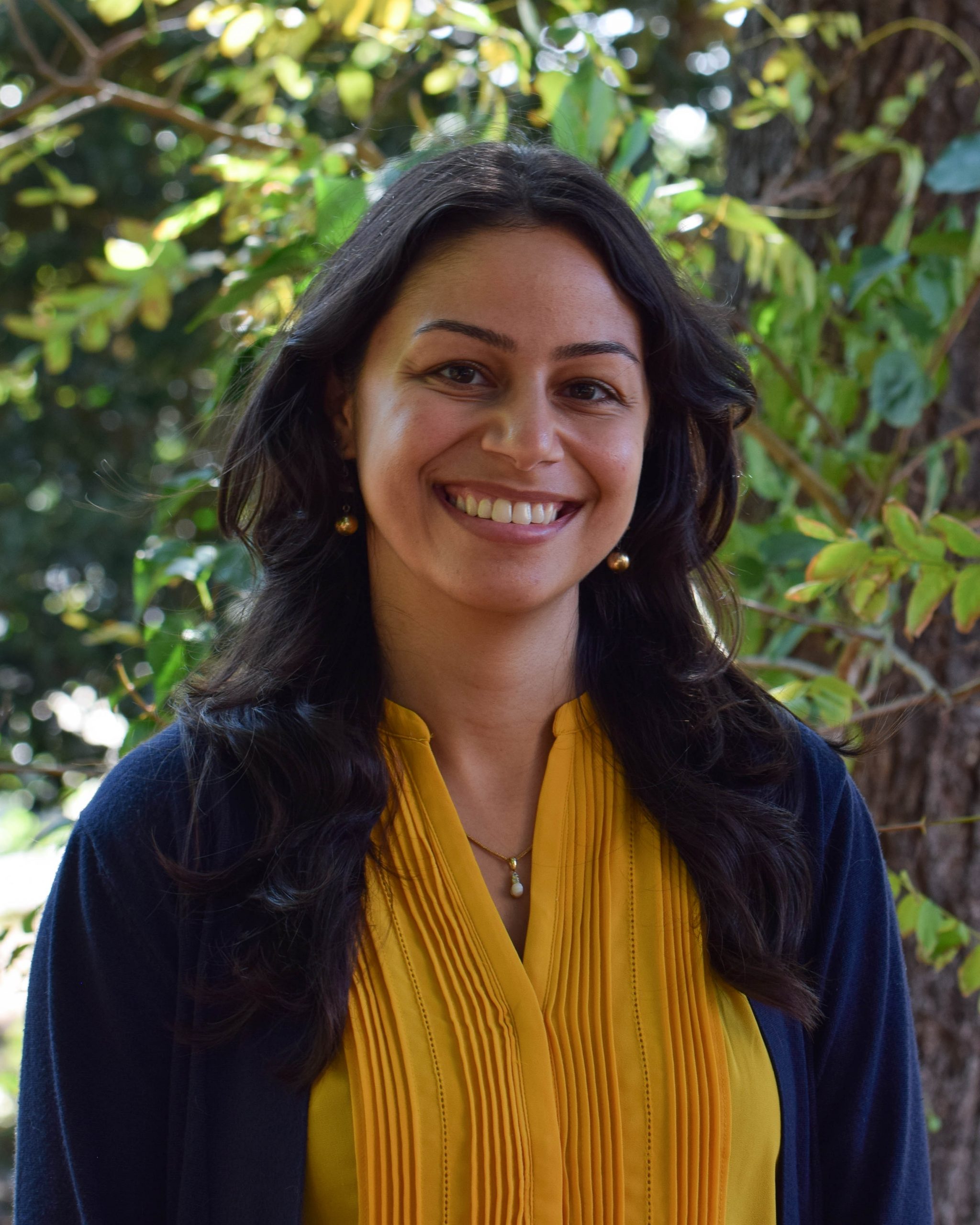Often, it may be difficult to focus on the present moment. In this tenuous time, anxious thoughts can distract us from what is currently going on in our lives. We may stress over the past or future, fueled by anxiety and depression, or even regret.
When these thoughts overcome us, it’s challenging to remain focused on the “now.” Mindfulness is an essential practice for anxious times. It helps us maintain a level head and make decisions in our own best interests.
What is mindfulness?
Mindfulness is the practice of being fully present in the current moment. It’s about experiencing the “now” free of judgments. It’s allowing ourselves to experience thoughts, people, and circumstances without criticism.
Notice the outside world around you. What information do your senses bring you first? Is it the smell in the air? The sounds around you? The feel of the chilled wind against your cheek? Or is there a taste on your tongue?
Sharpening your external perception helps you focus and stay grounded in the present moment.
Mindfulness is also about honing in on your internal world. Your thoughts, feelings, urges, and judgments are in a constant state of flux within your mind. It’s important to take the time to stop and notice these internal happenings. Notice them and then let them be. Allow yourself to be a curious observer within without trying to change anything.
In therapy, we sometimes make the distinction between being mindful and mind-full. Mind-full is a state of being where our thoughts and feelings overwhelm us. We may feel as if we are losing control of our own minds.
When we are mindful, or aware, we are focusing on one thing at a time. This could be focusing on an activity, such as playing basketball or washing the dishes. Or, it could be as simple as bringing our awareness to our breath-breathing in and out.
Mindfulness is allowing yourself to exist in the moment by honing in on the present.
How does mindfulness work?
Imagine a baggage carousel at the airport. Think of how each piece of colorful luggage in varying sizes passes by on the conveyor belt. Now imagine each piece of baggage as a unique thought or emotion. You may only want one in particular, but you still must acknowledge and accept the other bags.
When practicing mindfulness, notice each thought popping into your mind. Place them on the conveyor belt like a piece of baggage and allow them to pass by.
Mindfulness isn’t pushing away or getting rid of our thoughts and emotions. It’s also not holding onto them and refusing to let go. It’s the act of noticing the thought and allowing it to pass and make its natural way down the conveyor belt.
You may also practice mindfulness as a surfer would ride a wave. Think of your emotions as waves washing over you. Mindfulness allows you to ride out these emotional waves. It keeps you from drowning in a sea of troubling thoughts.
John Kabat-Zinn, Ph.D., a well-renowned expert in mindfulness, put it best. “You can’t stop the waves, but you can learn how to surf.”
Learn the “what” and “how” skills of mindfulness from the DBT-RU Clinic at Rutgers, GSAPP.
Where does mindfulness come from?
Today, mindfulness is an effective intervention in many evidence-based therapies such as DBT. Its roots are much older, though. Mindfulness in DBT comes from Zen, a Buddhist philosophy. It’s an age-old tradition that has deep Buddhist and Hindu roots.
It’s also linked to practices found in other traditions. For example, the Jewish tradition of Kavanagh involves focusing with purpose and the presence of mind. These are core aspects of mindful practice.
Mindfulness has been woven into Western science. It’s the core skill in DBT because of how applicable and effective it can be. Mindfulness helps people identify and understand their thoughts, feelings, and urges.
How can mindfulness be helpful to me?
Mindfulness helps us improve our attention and focus. Improved attention helps us practice effective decision making. This allows us to reach our goals. Being mindful can also decrease our emotional suffering. When we’re aware of the pleasures in the moment, we let go of our anxieties and self-consciousness.
There’s no question that mindfulness improves our mood and mental health. Research also suggests that it can improve our physical health as well. Studies show the practice of mindfulness can lessen pain, tension, and stress.
In DBT, mindfulness’ ability to improve our decision making is highlighted. We sometimes describe it as being in control of your mind, rather than your mind being in control of you. When we can identify what we are thinking and feeling, we have more choice and control in deciding how we want to act.
Acting on impulse, based on our emotions, potentially makes situations worse, not better. Mindfulness helps us “cut the cord” between an emotional urge and an action. It does this by allowing us to slow down and think through the outcomes of our actions.
As with anything we wish to learn, such as riding a bike, refining TikTok dance moves, or memorizing family trees in Game of Thrones, mindfulness takes practice. By training yourself to be aware of your thoughts and emotions, you can regulate your reactions to them more effectively. This is a process that takes time, as is the case with any new skill you learn. The more we practice and flex our mindfulness muscles over time, the better we get at it!


